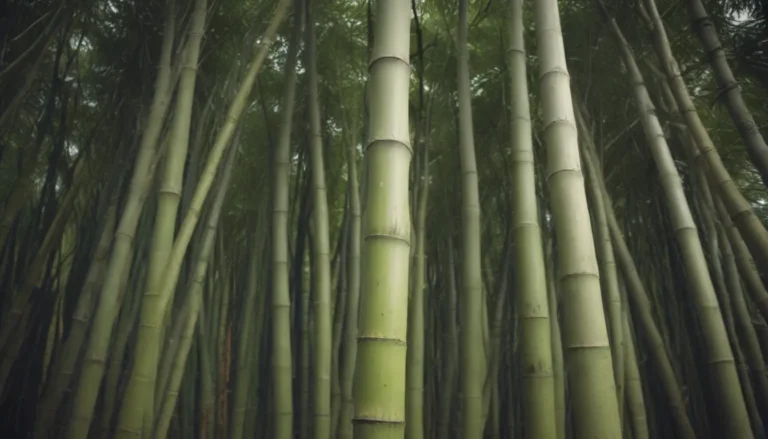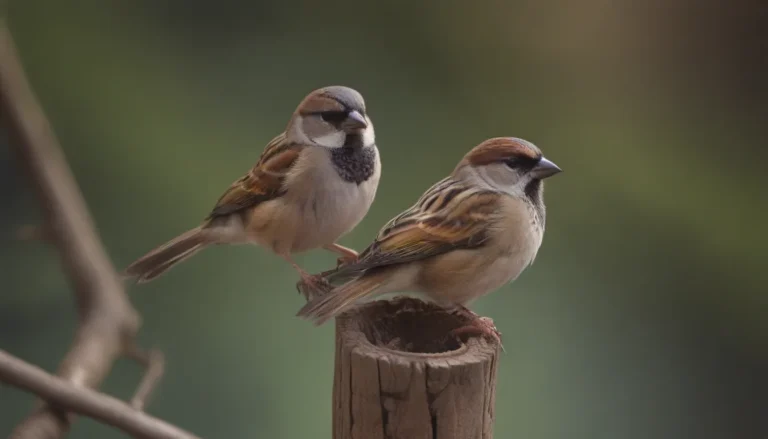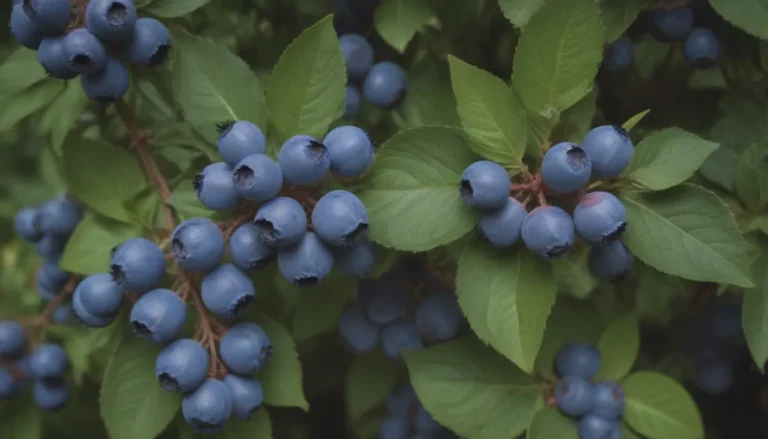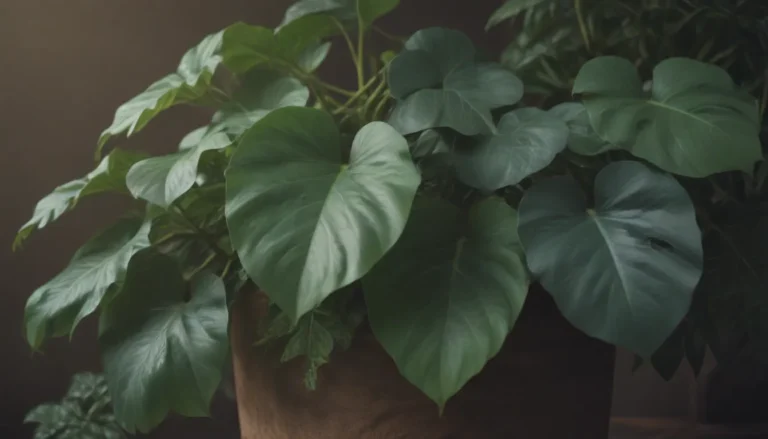How to Successfully Grow Rhubarb from Seeds: A Comprehensive Guide
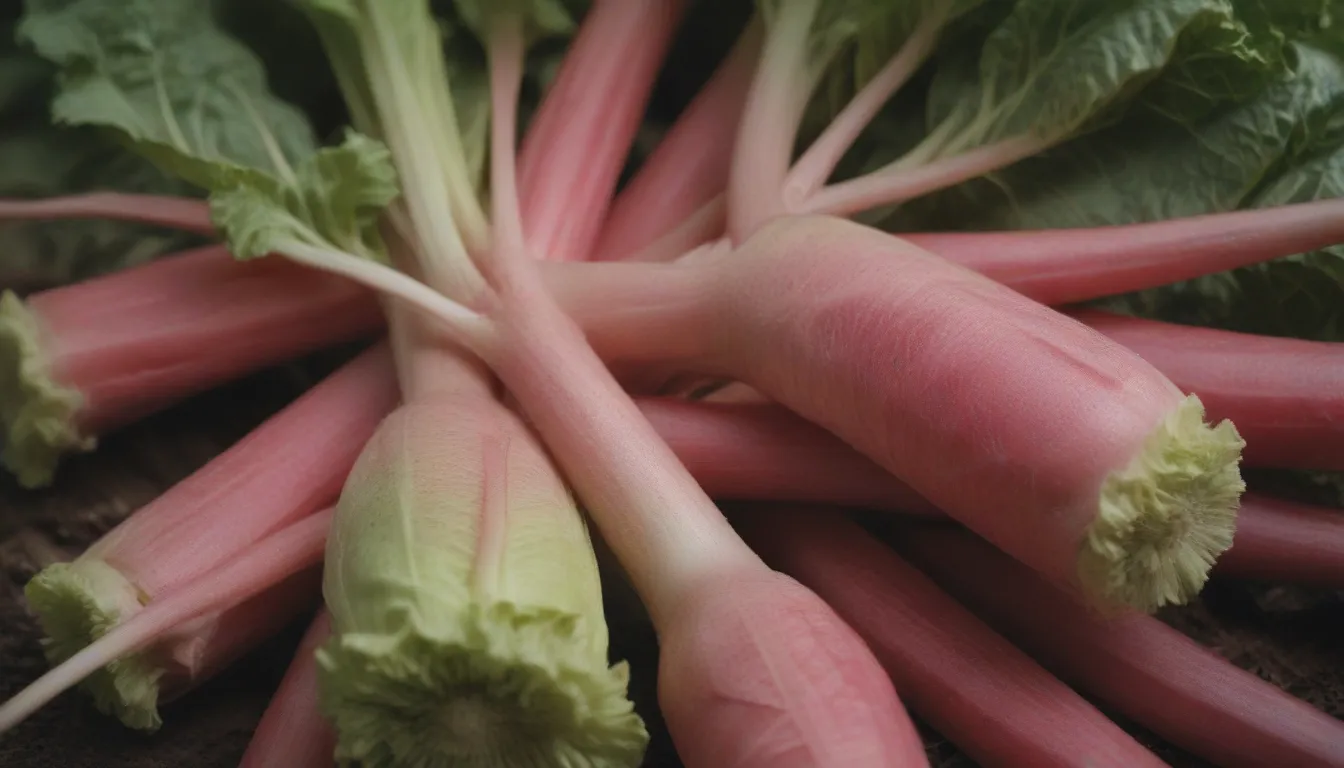
Do you have a passion for gardening and want to try growing rhubarb from seeds? Rhubarb is a fantastic cool-season vegetable that can provide a bountiful harvest for up to 15 years. While growing rhubarb from crowns is the quickest way to establish new plants, starting from seeds can be a rewarding experience. In this detailed guide, we will walk you through the process of growing rhubarb from seeds, providing you with valuable information and tips to help you succeed in your gardening endeavors.
Benefits of Growing Rhubarb from Seeds
Rhubarb seeds are a cost-effective way to start new plants, and while it may take a few years before you can harvest the stalks, the process is relatively straightforward. By growing rhubarb from seeds, you can create a perennial rhubarb bed that will provide you with a continuous harvest for years to come. Additionally, starting from seeds allows you to experiment with different varieties of rhubarb that may not be available as crowns.
Can You Grow Rhubarb From Seed?
Yes, you can absolutely grow rhubarb from seed. While it may take a bit longer to establish compared to growing from crowns, starting from seeds is a viable option for many gardeners. Rhubarb is hardy in USDA hardiness zones 3 to 8 and can be grown as a short-lived perennial in zones 1 to 8. In warmer zones, rhubarb can be grown as an annual crop with a single harvest.
Tip
To make the process of growing rhubarb from seeds easier, consider purchasing a variety of rhubarb seeds that are better suited for warmer temperatures and can be harvested in a single growing season.
How to Grow Rhubarb From Seed
When it comes to growing rhubarb from seeds, there are a few key steps to keep in mind. Here’s a detailed guide on how to successfully grow rhubarb from seed:
Planting Rhubarb Seeds
- Germination: In the right conditions, rhubarb seeds will germinate in 7 to 14 days.
- Timing: Start seeds in early spring in cooler zones and in late summer or early autumn in warmer zones.
- Soaking Seeds: Before planting, soak seeds in warm water for several hours.
- Sun Exposure: Choose a spot in the garden that receives at least 6 hours of sunlight daily.
- Soil Conditions: Rhubarb requires well-draining soil with a pH of 6.0 to 7.0. In southern climates, provide afternoon shade.
- Planting Depth: Sow seeds 1/2 inch deep and 3 feet apart in rows that are 5 feet apart.
- Watering: Water seeds thoroughly after planting.
Rhubarb Seedling Care
- Watering: Keep the soil consistently moist but not soggy to prevent dampening off.
- Hardening off: Expose seedlings to outdoor temperatures gradually before transplanting them into the garden.
- Fertilization: Do not fertilize rhubarb seedlings in the first year.
- Soil Amendment: Amend compacted soil with manure or aged compost in subsequent years.
- Climate Considerations: In hot climates, add mulch to keep the soil cool.
Harvesting Rhubarb
- Annual Harvest: Rhubarb grown from seed can be harvested between March and May.
- Perennial Harvest: Perennial rhubarb is harvested in May, June, and early July from 3-year-old crowns.
- Harvesting Technique: Harvest rhubarb by pulling and twisting the stalk off at the base. Avoid cutting, as it can damage the crown.
When to Plant Rhubarb Seeds by Zone
The timing of planting rhubarb seeds varies depending on the growing zone, frost dates, and other environmental factors. Here are some general guidelines for planting rhubarb seeds by USDA hardiness zone:
- USDA zones 1 to 3:
- USDA zone 4:
- USDA Zone 5 to 6:
- USDA zone 7:
- USDA zone 8:
- USDA zone 9
Tip
To extend your growing season, consider using a clear plastic tarp to warm up the soil bed, allowing you to plant earlier and enjoy a longer harvest.
Additional Tips and Considerations
- Rhubarb seeds do not require cold stratification.
- Seeds from a flowering rhubarb plant may not produce a plant that resembles the parent.
- Rhubarb seeds do not always come true to variety, making crown division a preferred propagation method.
Are Rhubarb Leaves Toxic?
According to the Oregon State Extension Service and Ohio State University Extension, rhubarb leaves are toxic and should not be consumed. When harvesting rhubarb, always remove the leaves, as they can be harmful to humans and animals.
In conclusion, growing rhubarb from seeds can be a rewarding experience for any gardener. By following the steps outlined in this guide and taking into account the tips and considerations provided, you can successfully grow your own rhubarb plants from seeds. Whether you’re a seasoned gardener or just starting out, exploring the world of rhubarb cultivation can be a fun and fulfilling journey. Happy planting!
